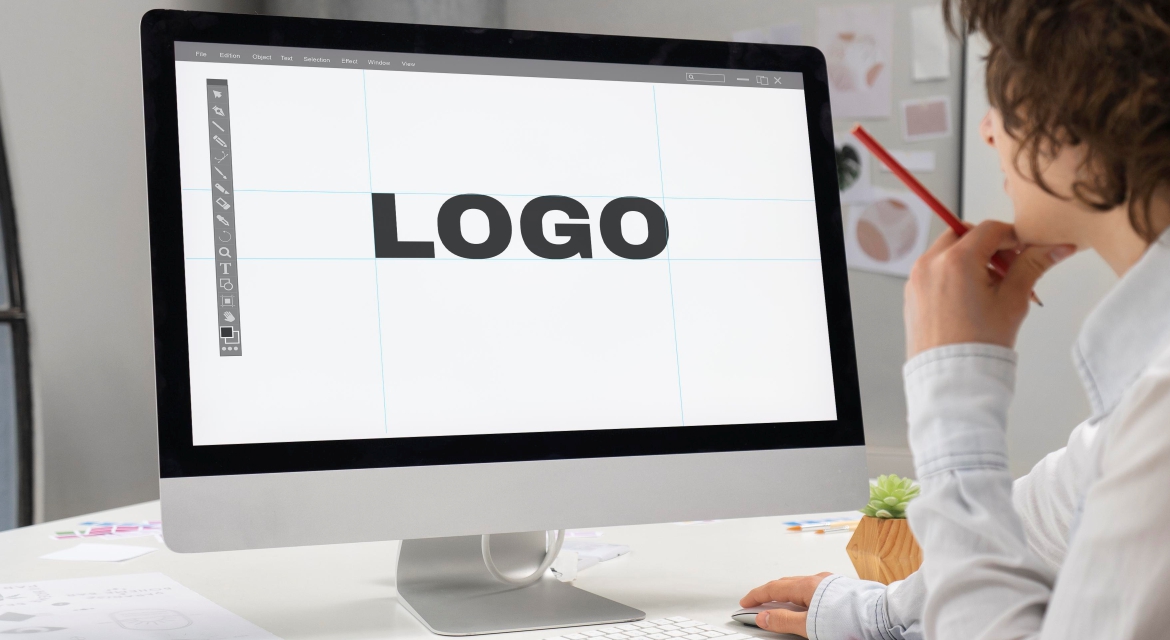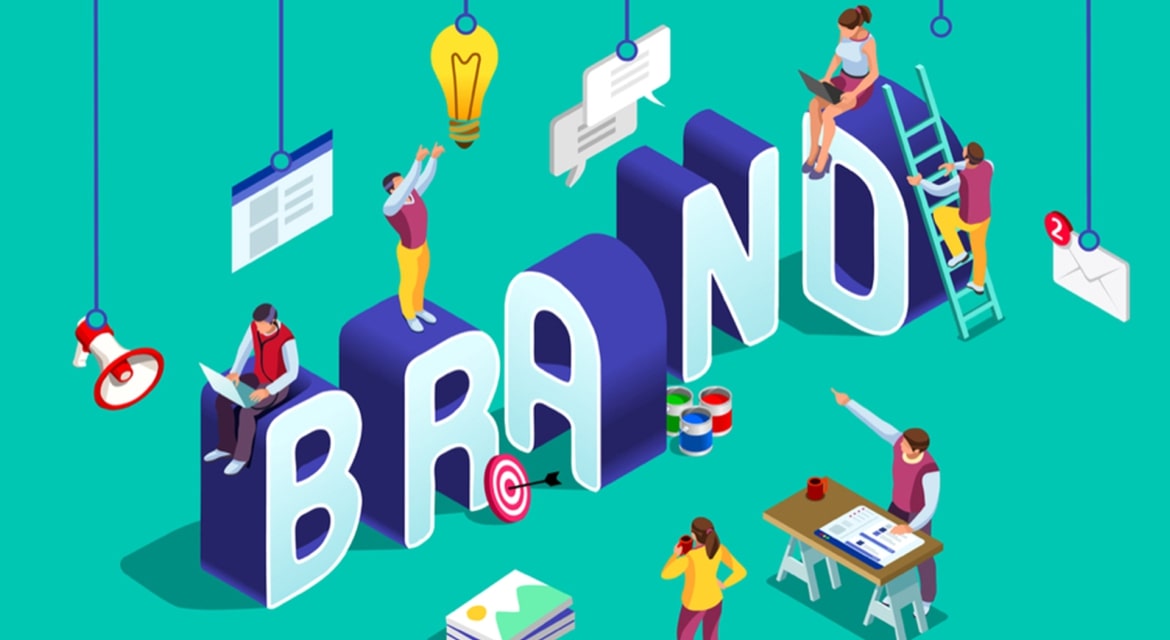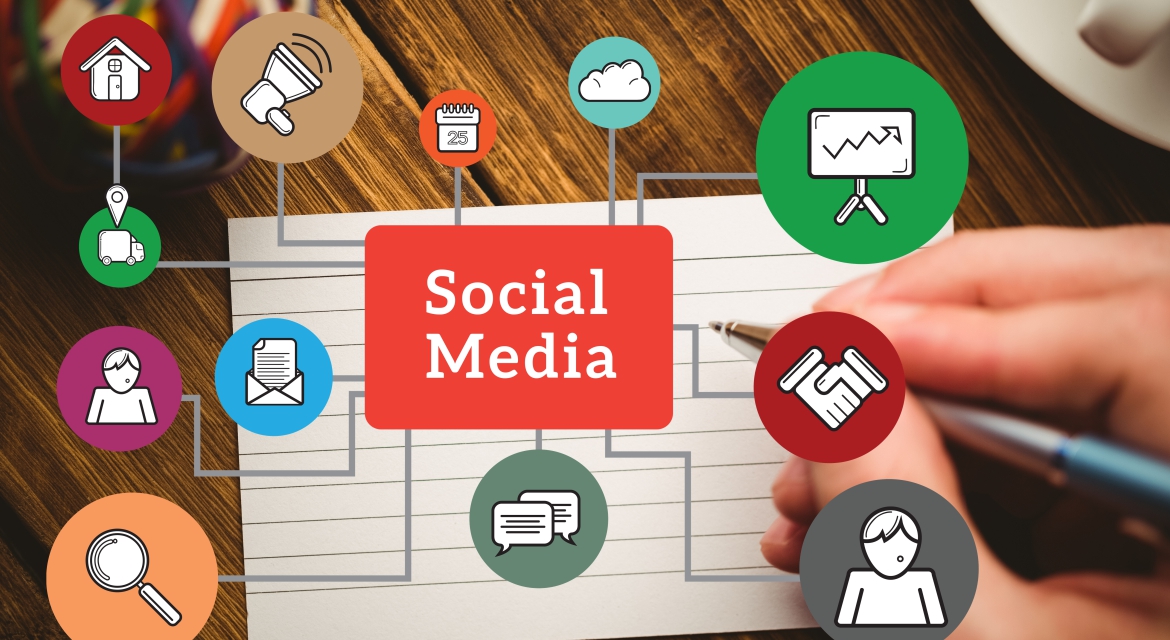Explore the principles of good logo design with examples and tips.
Your logo is often the first thing people associate with your brand. It appears on your website, business cards, social media, packaging — everywhere. But what separates a forgettable logo from a memorable one? It’s more than just design; it’s strategy, emotion, and identity — all wrapped into a single symbol.
In this blog, we’ll explore the core principles of strong logo design, why it matters, and tips to create a logo that sticks in the minds of your audience.

Why Logo Design Matters
A logo is not just a pretty icon — it’s a visual shortcut to your brand’s story. It represents your values, your mission, and your voice. A good logo builds recognition, trust, and professionalism. A bad one can confuse, mislead, or even repel your audience.
Think of iconic logos like Apple, Nike, or McDonald’s. Simple? Yes. But each one holds deep brand associations developed through strategic design and consistency.
What Makes a Logo Memorable?
✅ 1. Simplicity
The best logos are clean, uncomplicated, and easy to recognize at a glance. A complex design might look fancy, but it loses clarity and impact, especially at smaller sizes.
Example: Think of the Nike swoosh — one of the simplest logos ever created, yet instantly recognizable worldwide.
✅ 2. Relevance
A good logo should reflect the nature of your business. Fonts, colors, and symbols should align with your brand’s industry, tone, and target audience.
Tip: A law firm shouldn’t use a comic-style font. A children’s brand probably shouldn’t go for a black-and-gold luxury vibe.
✅ 3. Scalability
Your logo should work on a billboard and a business card. That means it needs to be scalable without losing quality or legibility.
Tip: Always test your logo in multiple sizes — and in black and white — before finalizing.
✅ 4. Timelessness
Trends come and go. A memorable logo stands the test of time. Avoid overused design fads. Instead, focus on strong, foundational elements that remain relevant for years.
Example: Coca-Cola’s logo has remained largely unchanged for decades, proving that classic doesn’t mean outdated.
✅ 5. Uniqueness
In a crowded marketplace, standing out is key. A memorable logo is original — not a template or copy. It should be unmistakably yours.
Tip: Do competitive research. If your logo looks too much like another brand’s, it could confuse customers or even lead to legal issues.
✅ 6. Emotional Connection
People don’t just remember logos — they remember how logos make them feel. A well-designed logo can trigger trust, nostalgia, inspiration, or excitement.
Example: The Airbnb logo evokes feelings of belonging and community — aligning with their core mission.
Tips for Creating a Strong Logo
-
✅ Start with a strong brand strategy – Understand your audience, mission, and values.
-
✅ Sketch your ideas first – Don’t jump into software immediately. Explore concepts freely.
-
✅ Choose the right typography – Your font speaks volumes. Is your brand playful or professional?
-
✅ Limit your color palette – Two to three colors max. Keep it simple and meaningful.
-
✅ Get feedback – Share your drafts with others. Fresh eyes can spot things you might miss.
-
✅ Work with a pro – A professional designer understands the nuances that make a logo work.
Conclusion
A memorable logo doesn’t just look good — it communicates, connects, and converts. It’s a vital part of your visual identity and a long-term investment in how your brand is perceived.
Whether you’re starting from scratch or refreshing your current brand, remember: simplicity, strategy, and consistency are your best tools in creating a logo that lasts.
Need a custom, standout logo for your brand? Let’s bring your vision to life.





